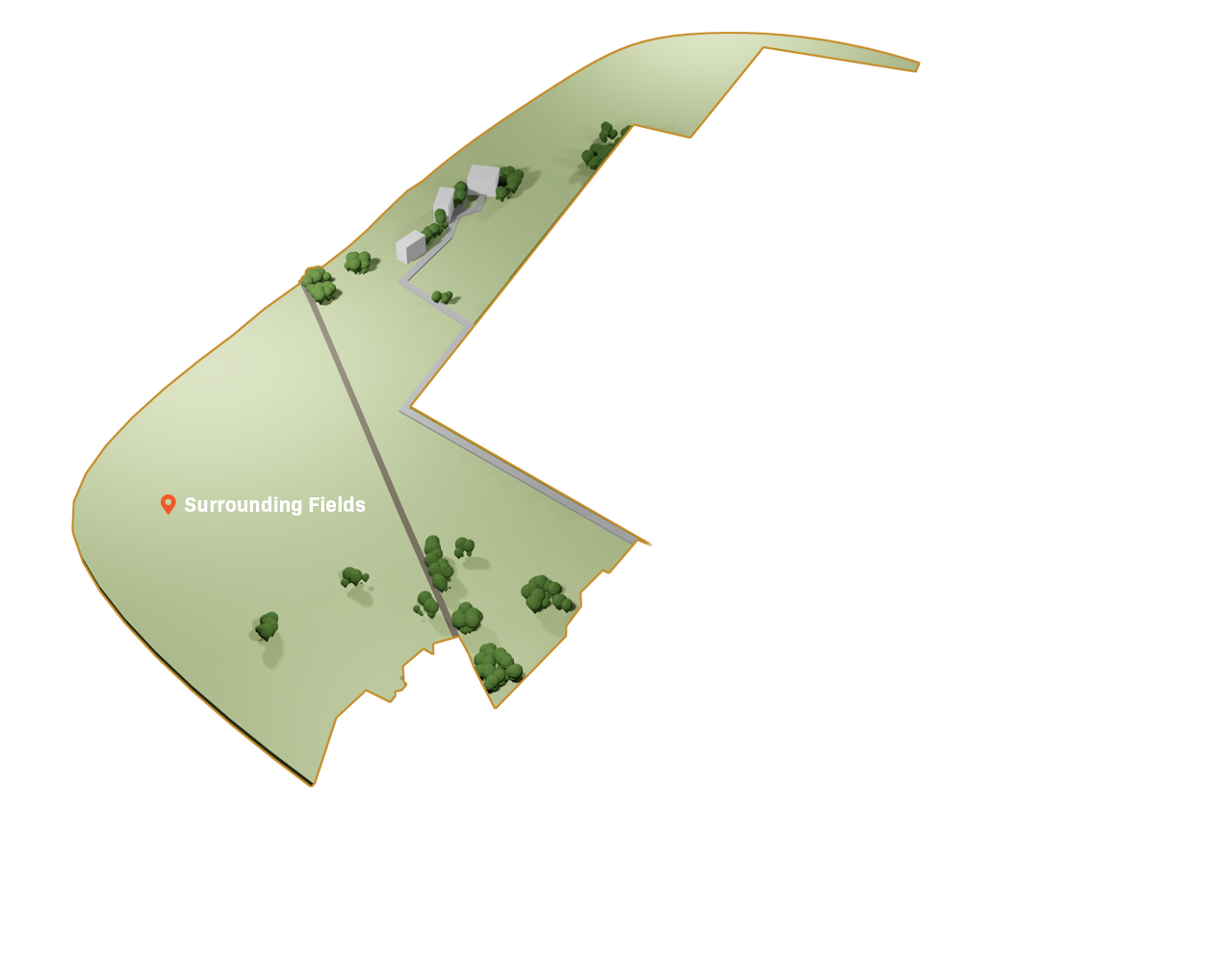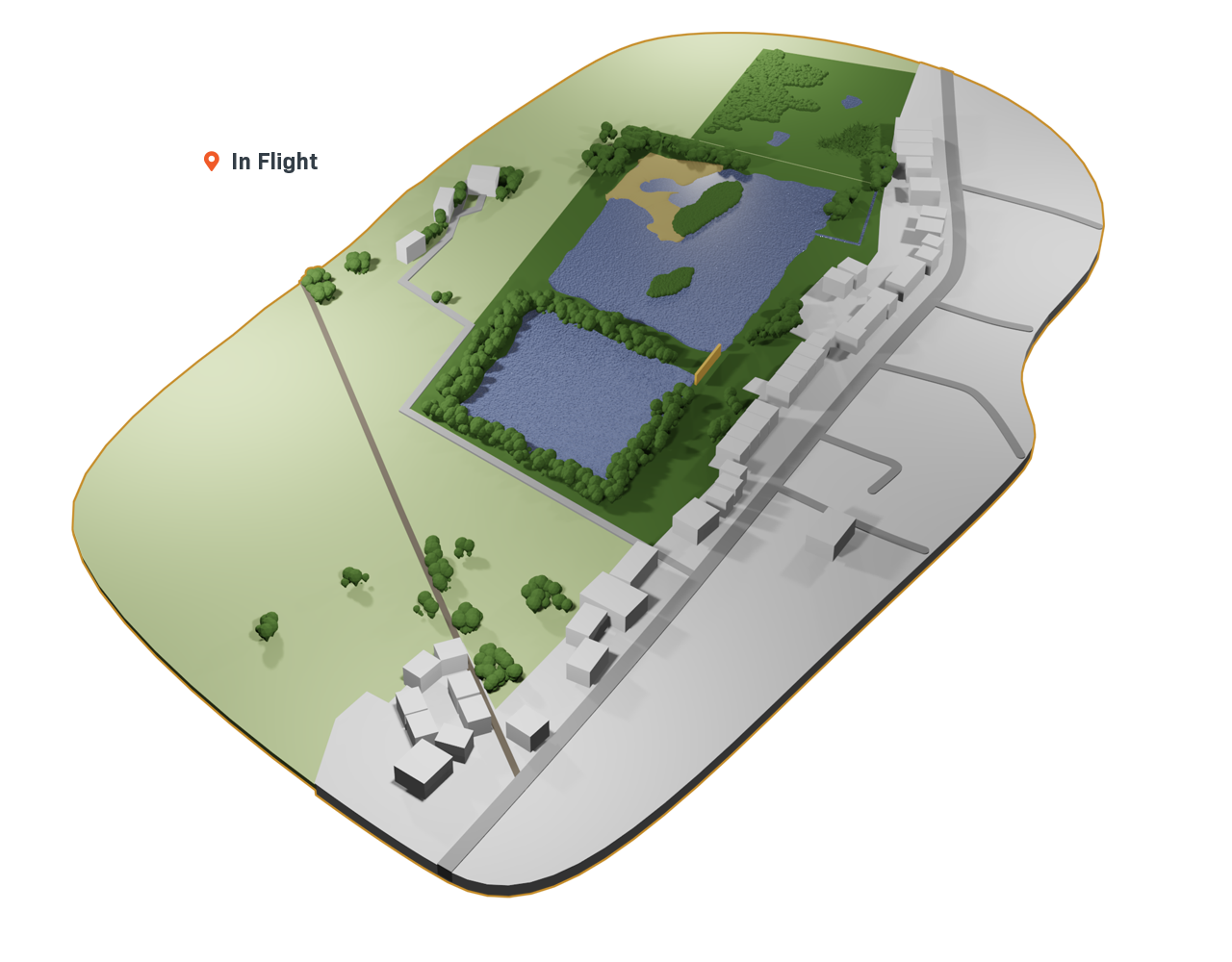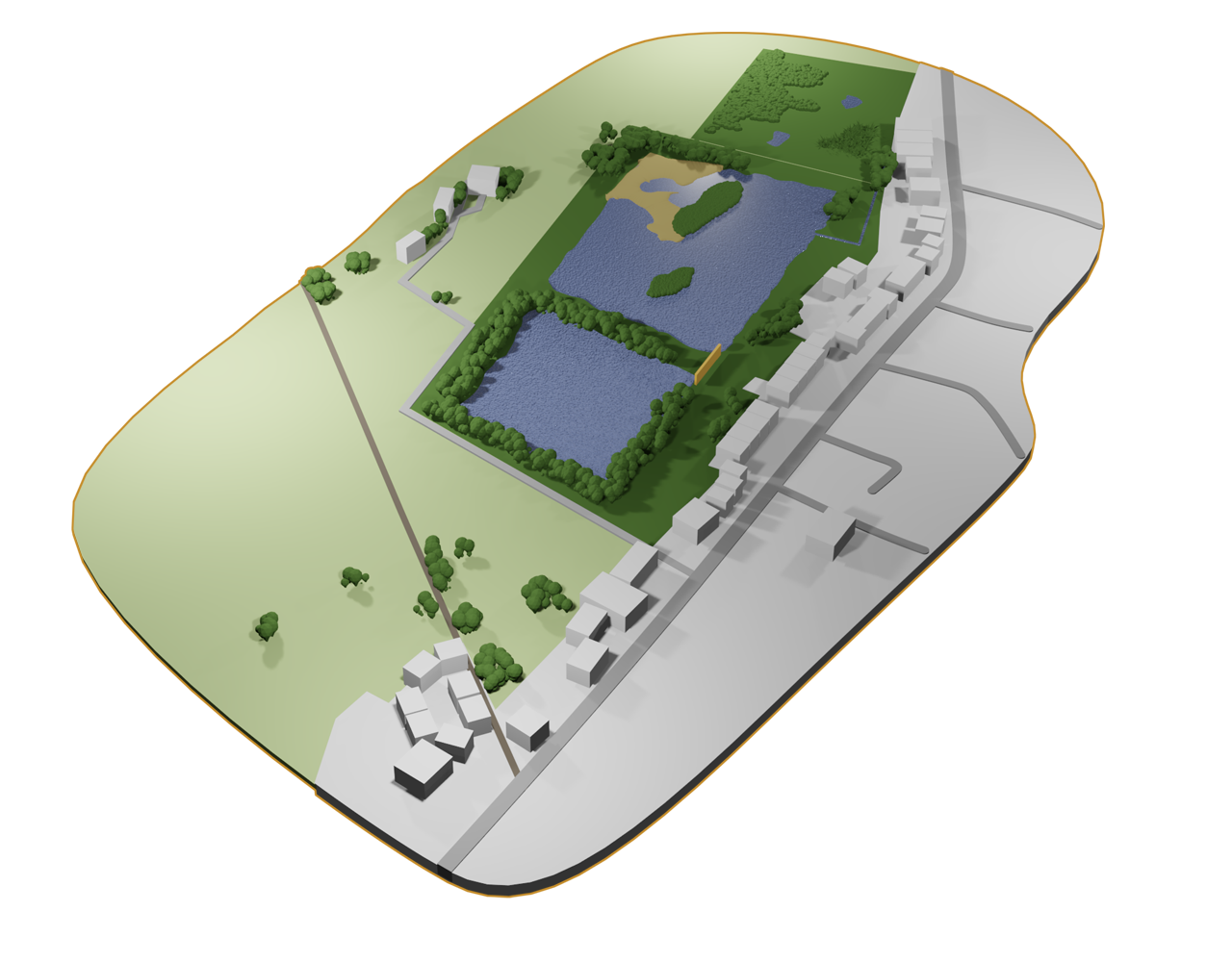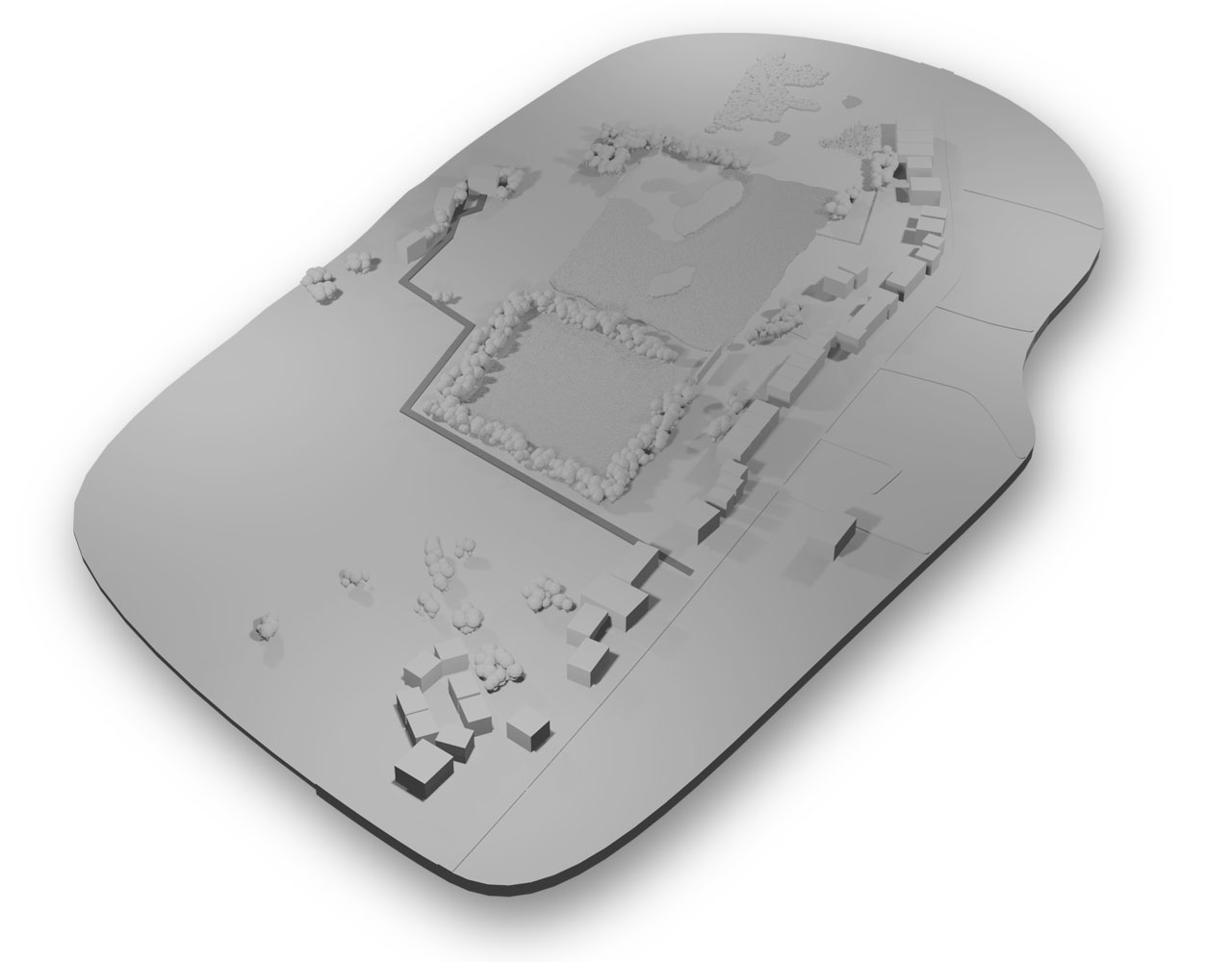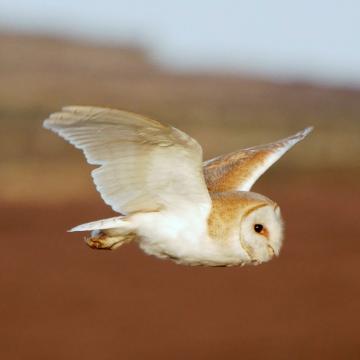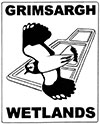Tyto alba
Occasional
Summary
The barn owl is one of the most loved owls in the UK and we are lucky to have several who visit the wetlands to hunt. Barn Owls make eerie screeching and hissing noises.
They can most often be seen at dusk, as this is when they come out hunting. With their soundless flight and precision night vision, they easily hunt out small mammals on the wetlands and surrounding farmland to feed on, including voles, mice and shrews.
Did you know that they have lopsided ears? This helps them to pinpoint sounds and find their prey.
Barn Owl facts and statistics
• Length 33cm to 39cm
• Wingspan 80cm to 95cm
• Diet: small mammals (mice, voles etc.)
How to identify
Barn owls have a heart shaped face, with mottled silver, brown and grey feathers on their back. Their legs are covered in pure white feathers.
Conservation status
Stable.
Habitat
Widespread
• Farmland
• Grassland
• Wetlands
Ways to help
If you own or manage land in the countryside, you can increase food supply for barn owls by creating wild meadows. It is also important to preserve buildings that they may use to roost, providing nest boxes wherever possible.
Barn Owl sightings at Grimsargh Wetlands
